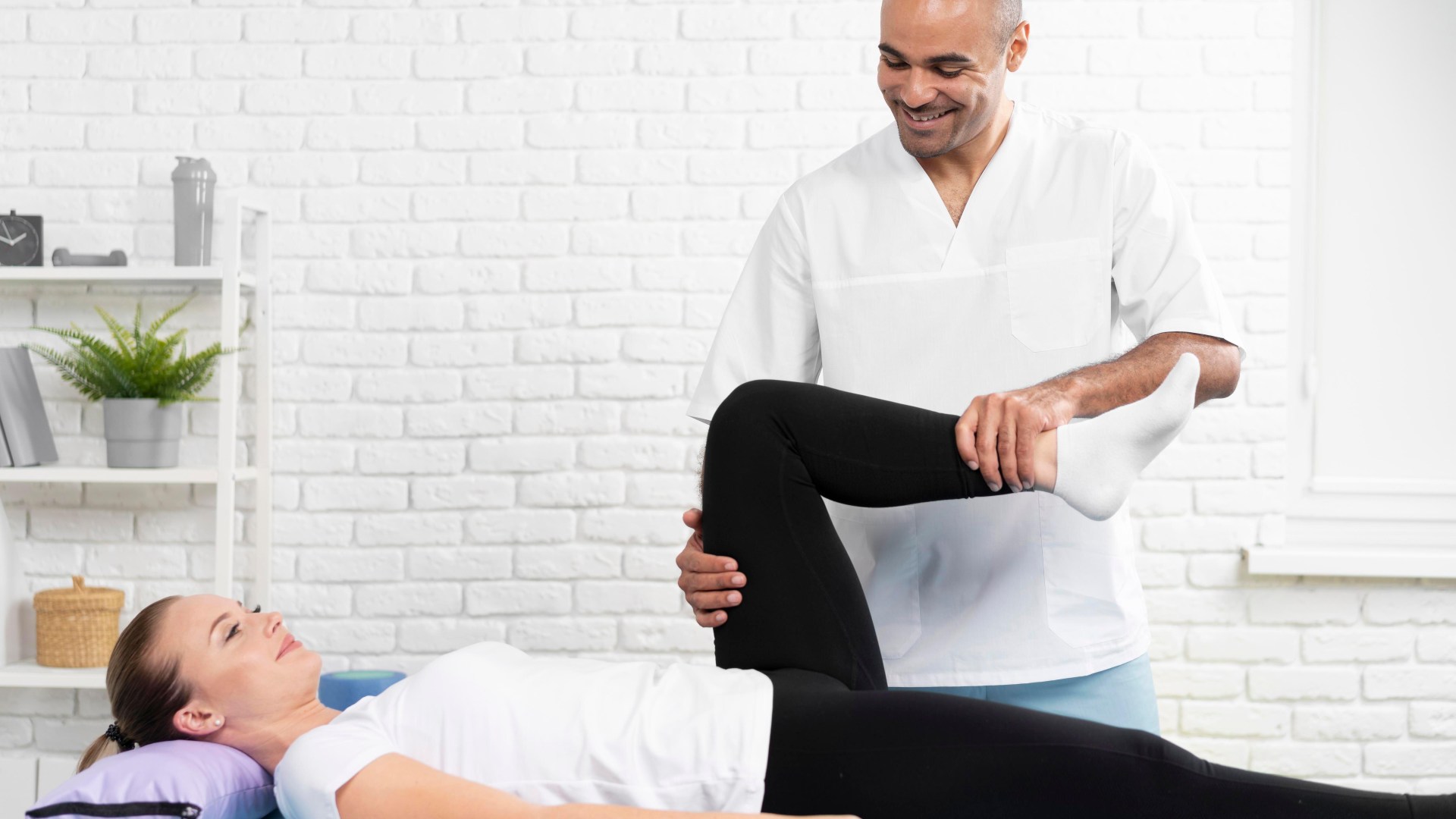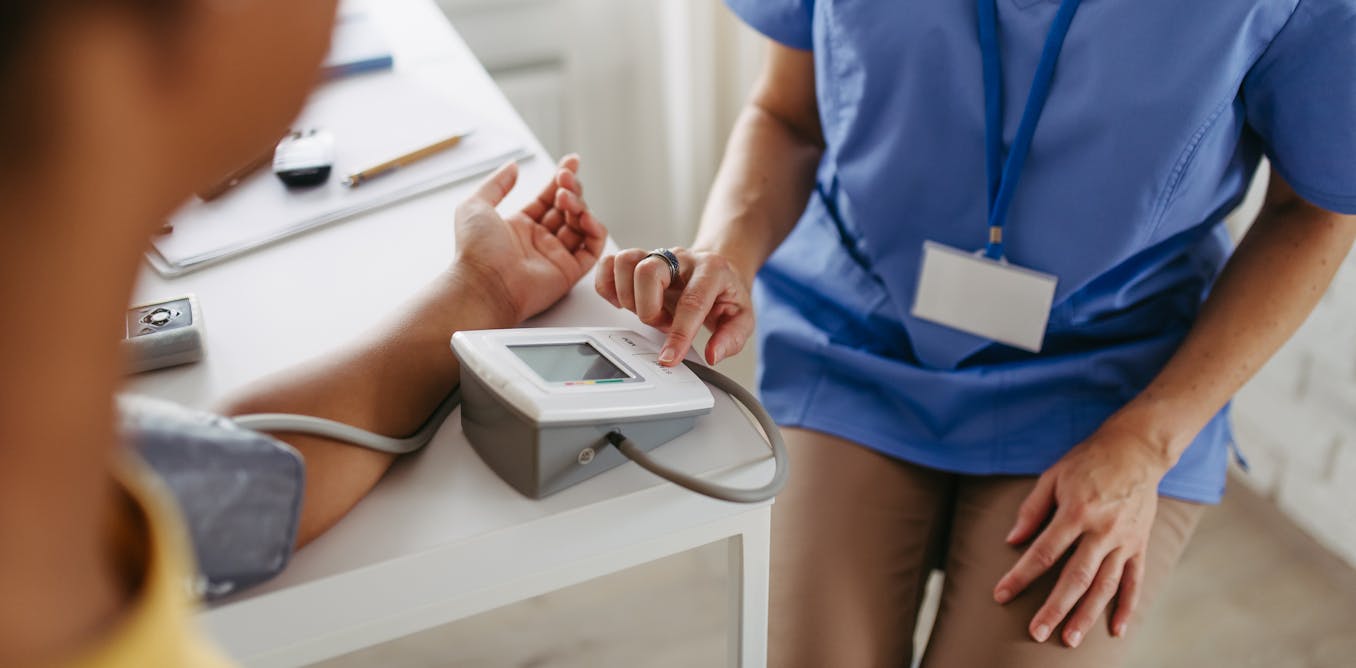EXERCISE is key to living longer, with aerobic fitness, strength and good balance previously shown to lower mortality.
But a new study has suggested even the simplest of movements could add years to your life expectancy.

2

2
The importance of flexibility exercises was demonstrated by Brazilian researchers.
Their study on 3,100 healthy middle-aged adults used something known as a ‘Flexindex’.
It’s a tool used to evaluate body flexibility using a series of 20 movements.
In the study, men and women with low scores on the test had a higher risk of dying, five times more in some cases than those who were more flexible.
Corresponding study author Dr Caludio Gil D. Araújo, a sports medicine physician, said: “Being aerobically fit and strong and having good balance have been previously associated with low mortality.
“We were able to show that reduced body flexibility is also related to poor survival in middle-aged men and women.”
Dr Araújo was the one who developed the test more than 40 years ago. The test measures the range of motion in seven sets of joints – the ankle, knee, hip, torso, wrist, elbow and shoulder.
Women were found to be 35 percent more flexible than men.
Female participants aged 61 to 65 years old were found to be, on average, 10 percent more flexible than men aged 46 to 50.
The study’s researchers followed the participants, who were 46 to 65 years old, for around 13 years.
During that time, nearly 10 percent of the study population (around 300 people) died.
Flexibility scores were nearly 10 percent higher for the participants who survived compared to those who died.
The study was published in the Scandinavian Journal of Medicine & Science in Sports.
The researchers wrote in their findings: “To the best of our knowledge, this is the first cohort study to show that a reduced level of body flexibility…is related to higher mortality in a large middle-aged cohort of men and women.”
The 20 movements included in the Flexitest…
1. Ankle dorsiflexion – moving your foot so your toes get closer to your knee.
2. Ankle plantar flexion – moving the foot in a downward motion away from the body.
3. Knee flexion – bending the knee.
4. Knee extension – straightening the knee joint by lowering the leg from a flexed position.
5. Hip flexion – bending the hip or bringing the knee closer to the chest.
6. Hip extension – opening your hip joint so the angle between your pelvis and thigh increases.
7. Hip adduction – moving the legs towards the body’s midline.
8. Hip abduction – the movement of the leg away from the midline of the body.
9. Torso flexion – bringing your torso towards your thigh.
10. Torso extension – opposite of torso flexion, leaning the torso backwards.
11. Torso lateral flexion – also known as sidebending, moving the torso and neck to the left or right.
12. Wrist flexion – bending your hand down at the wrist, so your palm faces in toward your arm.
13. Wrist extension – raising the back of the hand towards the back of the forearm.
14. Elbow flexion – moving the forearm towards the body by bending at the elbow joint.
15. Elbow extension – the opposite movement to elbow flexion.
16. Shoulder posterior adduction at 180 degrees of abduction – the movement of the upper limb towards the body’s midline.
17. Shoulder extension and posterior adduction – movement of the upper limb toward the midline of the body.
18. Shoulder posterior extension – movement of the upper limb backwards.
19. Shoulder lateral rotation at 90 degrees of abduction – shoulder movement that involves rotating the forearm and hand away from the body while the arm is abducted to 90 degrees and the elbow is bent to 90 degrees.
20. Shoulder medial rotation at 90 degrees of abduction – movement that involves rotating the shoulder while the arm is abducted to the side of the body with the elbow at a 90 degree angle.
The Clinimex Clínica de Medicina do Exercício posted an example of the Flexitest on YouTube, and said less than three minutes were necessary to assess the passive range of motion in the 20 movements.
Another test, that takes just 10 seconds, could also reveal how long you’ll live for.
How to live longer
Live happier and healthier for longer with the NHS’s top 10 tips:
Watch what you eat and drink
Eating a healthy, balanced diet is crucial for good health, energy and preventing illness.
Look after your teeth
Brush your teeth twice a day and floss daily to prevent gum disease. Gum disease can be linked to diabetes, stroke, heart disease and rheumatoid arthritis.
Stay active
Regular exercise can help lower your risk of obesity, heart disease, stroke, diabetes, and even cancer.
Make the most of your GP
It’s a good idea to get your blood pressure and cholesterol levels tested by your doctor. High readings can increase your risk of stroke and heart disease.
Get a vitamin boost
Lots of people have vitamin D deficiency but don’t know it. The condition has been linked to cognitive impairment, bone problems, and cardiovascular disease. Make sure to get outdoors during the spring and summer months, and during autumn and winter you might want to consider taking a vitamin D supplement.
Take care of your feet
Look after your feet by applying moisturiser, cutting your toenails straight across, and making sure you wear footwear that fits properly and supports your feet. Contact your GP if your feet become painful.
Sort out your sleep
Getting enough sleep is important for staying healthy. Avoid insomnia by cutting down on daytime naps, establishing a bedtime routine and going to bed at the same time each night.
Take the tests
As we age our hearing and eyesight can be affected, so it’s important to get them checked regularly.
Stay in touch
Spending time with other people can prevent you from feeling lonely or anxious.
Give up smoking
Smoking is linked to a range of different health problems, including heart disease and lung cancer. If you stop, regardless of your age, your circulation, lung capacity, and energy levels will improve.




